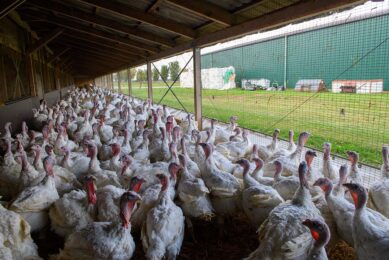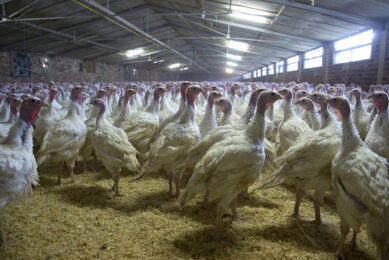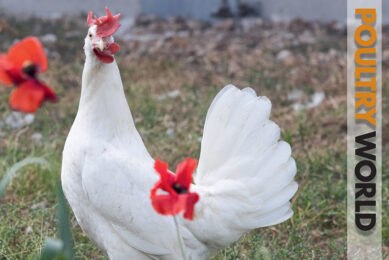Who took over whom?
As we all wait on the outcome of Pilgrim’s Pride attempted take-over of Gold Kist, it would be an interesting exercise to take a look at the actual practice of mergers and acquisitions.
As we all wait on the outcome of Pilgrim’s Pride attempted take-over of Gold Kist, it would be an interesting exercise to take a look at the actual practice of mergers and acquisitions.
This has been an exciting year worldwide in the M&A arena for poultry processors, as international competition forces companies to look for ways to strengthen their business. A clear example, although unsuccessful, was the planned acquisition of Perdigão by Sadia, both based in Brazil but with very large international presences.
There’s always the question of who benefits the most from M&A’s, or even if there is any benefit at all. However, it’s sometimes more interesting to consider who is taking over whom. Based on purely linguistic terms, mergers would tend to be considered the joining of equals, whereas acquisitions would tend to refer to a bigger company swallowing a smaller firm. In financial terms, we know that this is not the case. Mergers occur when two or more companies swap shares so that shareholders of the merged company remain the same. For this to happen, all companies need to agree, which is why it is often seen as consensual. On the other hand, in acquisitions, the shareholders of one company become the owners of the shares of another business. However, this clearly allows for a smaller company to take over a larger rival; the only defining characteristic is who ends up with all the shares.
But (and there is always a but), businesses sometimes take other measures that can leave one wondering, “Wait, so who took over who?” Such is the case of the recent acquisition of Carolina Turkey by Buterball (or is it the other way around?) In financial terms, it’s clear that it was actually Carolina Turkey that took over Butterball (which was part of ConAgra), thus becoming the largest turkey producer in the US. But who ever heard of Carolina Turkey? Call me ignorant, but certainly not me, which is just as well, because it is a name that will be buried and lost somewhere in the history of poultry processing. But how could this happen? Has the company not just become the largest turkey producer in the US? Well yes, but as it turns out, Butterball is the most widely recognised turkey brand in the country. It therefore made more sense for the people at Carolina Turkey to change their company’s name to Butterball after the acquisition. So the question remains… who took over whom?
Related links:
Join 31,000+ subscribers
Subscribe to our newsletter to stay updated about all the need-to-know content in the poultry sector, three times a week. Beheer
Beheer








 WP Admin
WP Admin  Bewerk bericht
Bewerk bericht